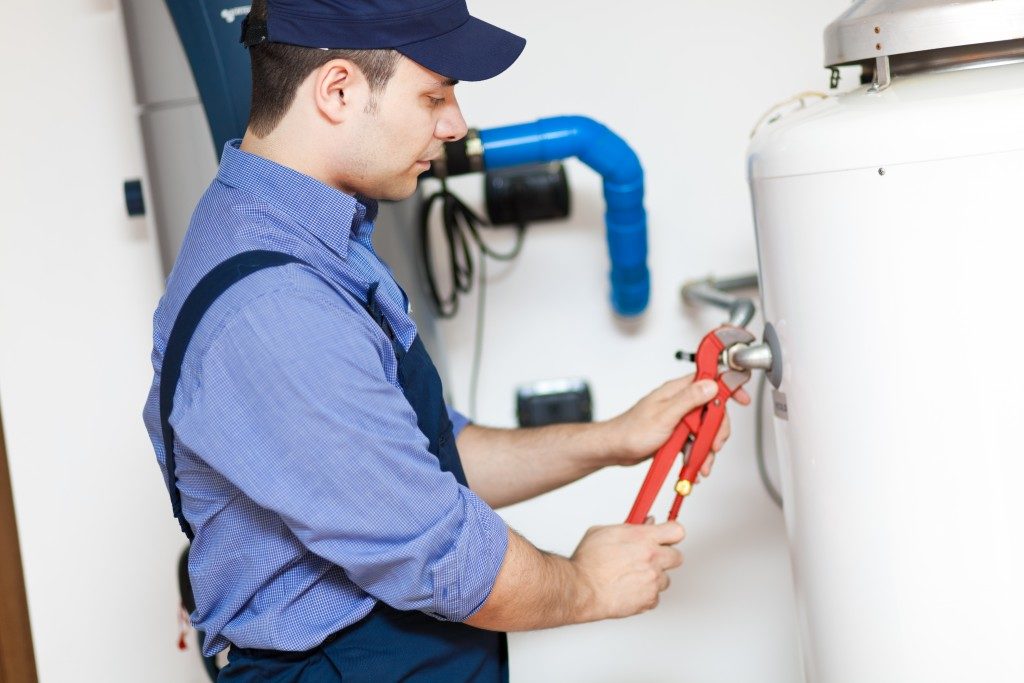Pipe clamps are very useful in homes and the industrial setting. From metal to PVC pipe clamps, they are made of two parts: the adjustable jaw and the pipe threaded through it. There are a number of clamps that can be used at home for home repairs and improvement, all with different sizes, shapes, and functions. Some of them are the miter clamps, the band clamps, and the spring clamps. Below are the most important uses of pipe clamps:
For Edge Gluing
Edge gluing is the most common of all pipe clamp uses. Boards are joined together to produce a wider surface. When joining boards to make a tabletop, for example, pipe clamps are prepared on a workbench. Pressure is then applied on both ends of the edges being glued. To produce a tight-fitting joint, dry-fit all joints, re-machining the edges in case a cavity is seen. Just enough pressure is needed to prevent cupping of the board or bending of the pipe.
For Assembly and Bundling
Assembly is one vital use of pipe clamps. You can create boxes, cabinets, or any six-sided object by holding together boards and creating the structure. Clamps are fixed on all sides of the object, which are glued together. Bundling is another unique use. Material lines and other utility items, such as ropes, that can be stored by rolling them or folding them can be clamped together for easy storage and transport.
For Holding and Fixing
Securing pipes and fixing leaks are easier with pipe clamps. When suspending pipes, pipe clamps, including tri-clamps, are very handy. They are fixed to the wall or ceiling in order to secure or hold pipes. As with leaks, clamps can be attached to areas with leaks to curb leaking, assuming that what these pipes hold are not voluminous or fast-moving liquid or gas materials. Heavier materials produce too much pressure that clamps will not be able to handle them.
Some Tips: Preserving Clamp Strength

Pipe clamps are very easy to use compared to other clamps such as bar clamps. But when using them, be sensitive to the pressure that you apply. With runs of more than four feet, too much pressure may bend it. With multi-board glue-ups, limit the pressure on the glue-up to avoid the boards from deflecting. The same is true with boards that have been jointed on edge; tension created by the joints is the same as putting pressure on the boards.
To avoid such issues, have enough clamps to cover both sides of the assembly. You can alternate clamps on both sides to even out the pressure on the boards. The moment you tighten the clamps, you must notice that the boards are not bowing on areas in between clamps. The pressure applied in tightening the joints should be controlled and even as tightening the clamps.
Pipe clamps are adroit simple machines. From your kitchen to your woodworking projects, securing boards, pipes, and other items become convenient. This versatility is beyond compare. They are also affordable, considering their many uses at home.





